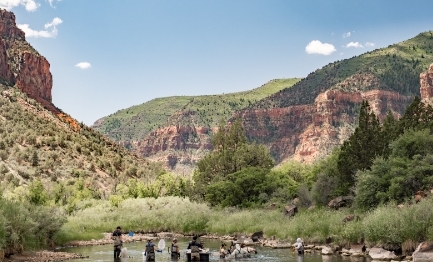Understanding Geomorphology
Geomorphology is the study of the Earth’s landforms and the processes that shape them. By unlocking the secrets of geomorphology, scientists can gain a deeper understanding of the natural forces that shape the Earth’s surface.
The Forces of Nature
The Earth’s landforms are shaped by a variety of natural forces, including weathering, erosion, and tectonic activity. These forces work together to create the diverse landscapes we see today.
Weathering and Erosion
Weathering is the process by which rocks and minerals are broken down into smaller pieces by physical, chemical, or biological processes. Erosion, on the other hand, is the process by which weathered material is transported and deposited elsewhere.
Tectonic Activity
Tectonic activity, such as earthquakes and volcanic eruptions, can dramatically reshape the Earth’s surface. These processes are driven by the movement of the Earth’s tectonic plates, which can cause mountains to rise, valleys to form, and coastlines to shift.
Landform Classification
Geomorphologists classify landforms based on their shape, size, and how they were formed. Common types of landforms include mountains, valleys, plateaus, and plains.
Geomorphology in Action
Studying geomorphology is important for a variety of reasons. For example, understanding how landforms are created can help scientists predict and mitigate natural disasters, such as landslides and floods.
With ongoing research and technological advancements, scientists are constantly unlocking new secrets of geomorphology. By studying the Earth’s landforms, we can gain a greater appreciation for the forces that have shaped our planet over millions of years.

